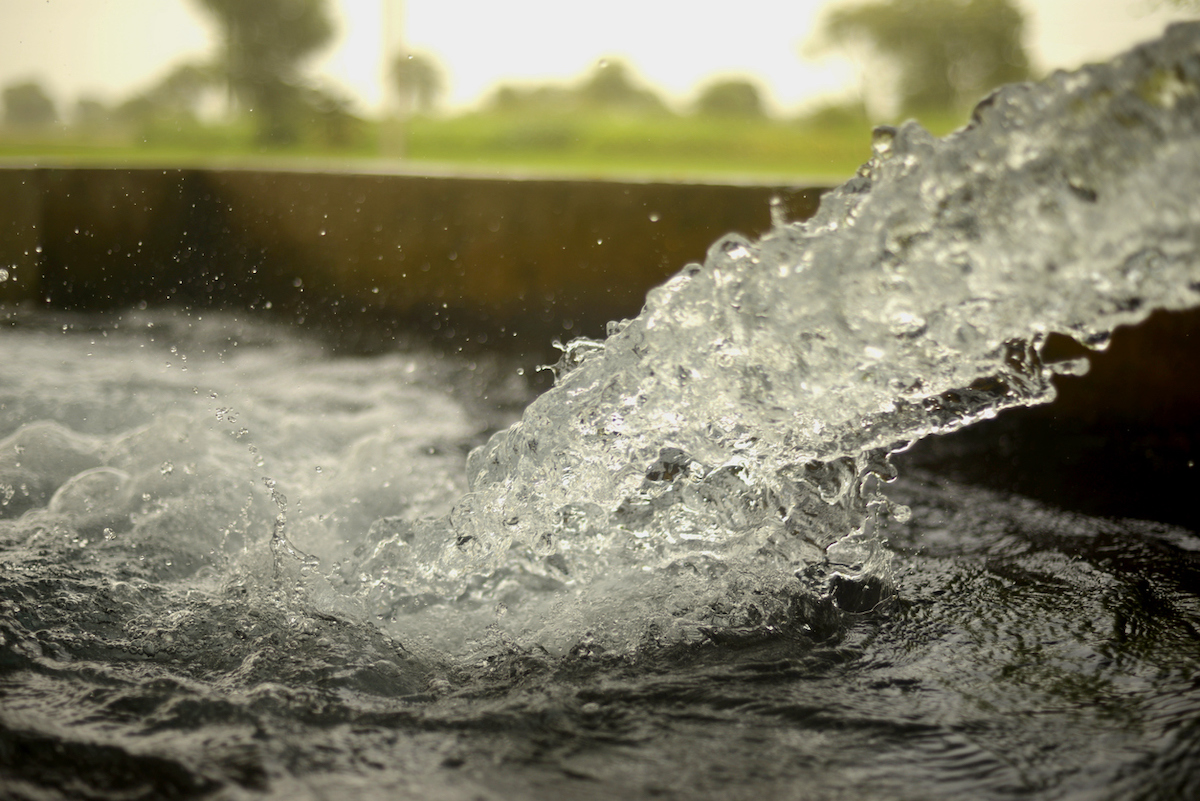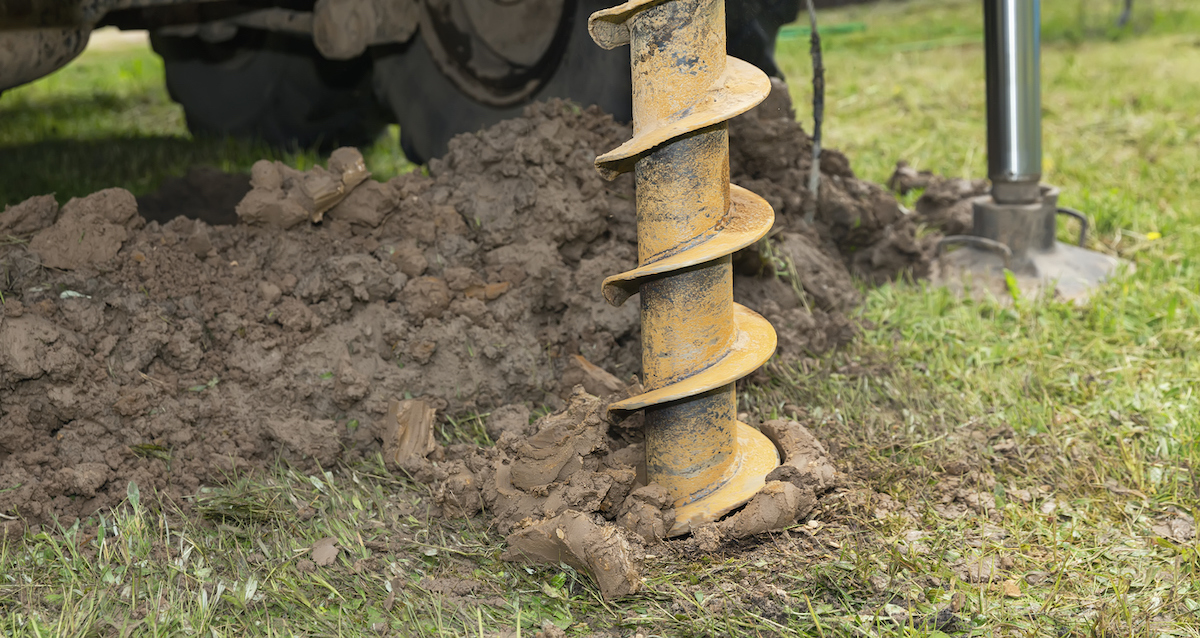

We may earn revenue from the products available on this page and participate in affiliate programs. Learn More ›
Looking for a new home is exciting, but it can also be stressful, especially when your ideal home comes with some unexpected differences, like a well water system. However, with a little self-education and professional well water system support from sources like the CDC and the EPA, you can more confidently take the next step to invest in that dream property.
There is a lot to know, including the location of the well, well water contamination testing, and the necessary maintenance tasks. Understanding minimum and optimal well storage capacity and flow rate also is important.
The information below can help prospective home buyers get better acquainted with the expectations of a well water system before buying a house.
1. Find out if the well is contaminated or if the water is safe for consumption.
One of the most important steps that need to be taken before committing to a home with a well water system is having the water tested for possible contamination. A good starting point to understand the usual water balance is to ask the current owner to see previous water quality test results. The water should be tested for turbidity, alkalinity, pH, minerals, bacteria, and volatile organic compounds (VOCs) such as benzene.
If you are responsible for testing the water, then contact the county health department to determine if they will help you test for bacteria or nitrates. If the county health department isn’t able to provide this service, you can call the Safe Drinking Water Hotline at 800-426-4791 or visit the EPA drinking water and wastewater laboratory network to find a state-certified lab. The results will determine if the well is contaminated and what steps need to be taken to purify the water. This will likely include water treatment and water filtration.

2. The well’s storage capacity and flow rate should meet minimum requirements.
Knowing how much water the well can store may seem unnecessary until you try to determine the correct amount of well water disinfectant and don’t have the well’s storage capacity readily available for reference.
While the current owner would have this information if they have been keeping up with the well maintenance, it’s possible that you will need to figure this out on your own. Determine the well’s storage capacity by finding the total depth of the well and the radius (half of the diameter) of the well and then inputting the numbers into this simple formula:
π x radius² x depth = Volume
π r² d = V
Example:
A well with a 70-foot depth and a 0.25-foot radius could be calculated as follows:
3.14 x 0.25² x 70 = 13.7 cubic feet
Convert the result to gallons by multiplying the total by 7.47.
13.7 x 7.47 = 102.5 gallons
The flow rate should also be a concern because larger families and homes, as well as some water filtration systems, will typically require a higher flow rate. In most areas, the minimum flow rate for well water systems is 3 to 5 gallons per minute (GPM). However, homes with 5 or more people may want a well water system with a flow rate between 6 to 12 GPM. Consider upgrading the well pump if the flow rate isn’t high enough.
RELATED: Yes, You Can Reuse Water at Home—Here’s How
3. Ask how the well has been maintained and get professional help if it’s warranted.
Before taking on the responsibility for maintaining a well water system, obtain the maintenance records from the current owner to determine when the last maintenance was completed, the maintenance frequency, and any treatments or changes that were made to the system. If the owner doesn’t have a well record or well report, it’s a good idea to ask a professional to check out the system before investing in the home. Ask the pro to make sure that there aren’t any lurking issues, like a cracked or settling casing.
At a minimum, a well water system should be inspected every spring for mechanical problems, tested once a year for contaminants, like coliform bacteria, nitrates, and VOCs, as well as regular visual inspections for exterior damage or potential sites for contamination runoff. Also, make sure to inspect the well cap or cover for any damage, and to ensure it sits at least a foot off the ground to help prevent rainwater and contaminants from seeping into the well water.

4. The well should not be near the home’s septic tank.
This seems so obvious when you think about it, but it’s important to note that some home systems need to be placed at a distance from the well water system to prevent cross-contamination. One of the biggest sources of cross-contamination is a home septic tank which is designed to collect waste, break it down, and release wastewater into the surrounding drainage fields.
Due to this process, the drainage fields can be a rampant source of water contaminants, so it’s advised to have the well and septic tank positioned at least 50 feet apart if the well has a watertight casing. If the casing is not watertight, then they should be at least 100 feet apart. This distance also applies to other sources of contamination like manure storage, fuel storage, agricultural fields, roads, and bodies of water.
RELATED: The Best Whole-House Water Filters
5. Protecting the well will keep it in good shape for decades to come.
The placement, landscaping, and regular maintenance of a well can contribute to the longevity of the system, helping to keep the well protected from damaging factors. These factors can include abrasive sand and sediment in the well pump, ongoing corrosion of the pump parts, high operating temperatures, pulling in air instead of water, and inconsistent power supplies that constantly turn on and off.
To help avoid sand and sediment build-up, as well as water contamination, always ensure the well cap or cover is at least a foot above the ground and that there is a permanent grass buffer in a 12-foot radius around the well. With consistent inspections and water tests, many isolated mechanical issues within the system can be identified and repaired before they cause additional problems throughout the entire well water system.
With proper maintenance, well water systems can last from 10 to 30 years before you’ll need to contact a licensed or certified water well driller and pump installer. These professionals can decommission an old well and construct a new well.
